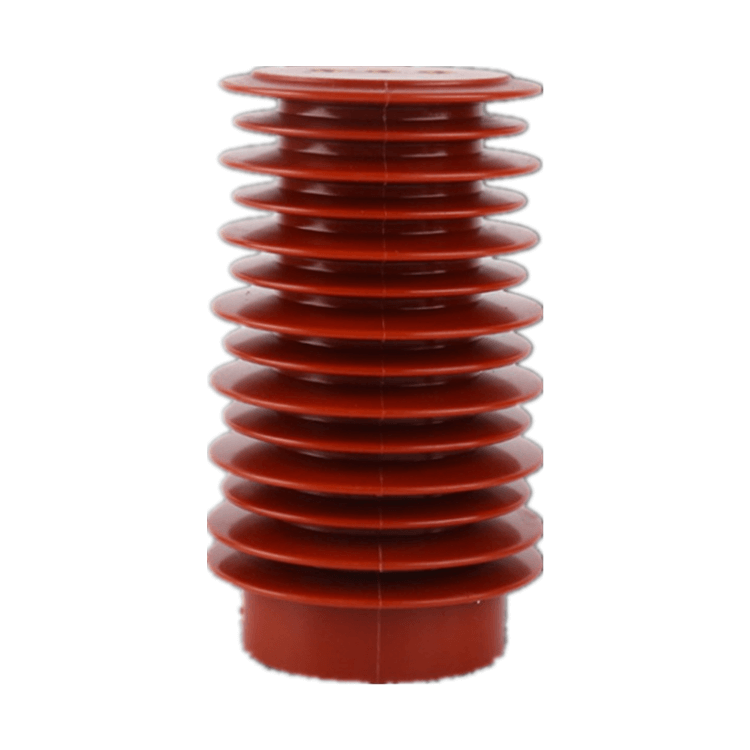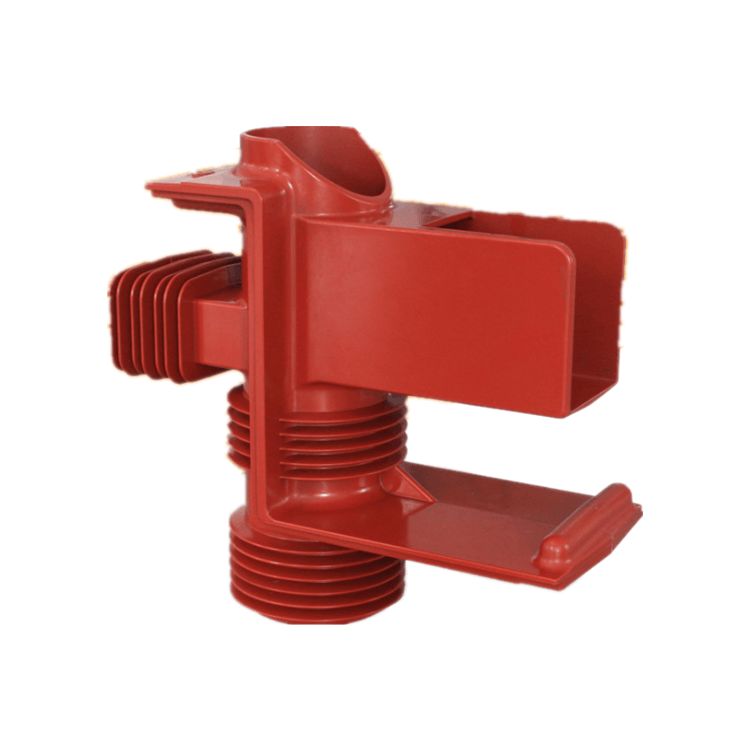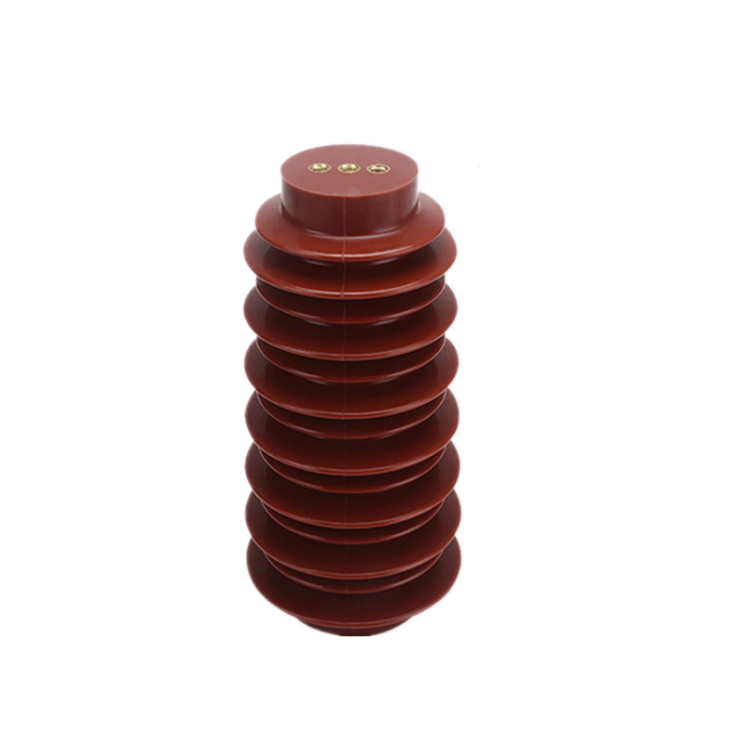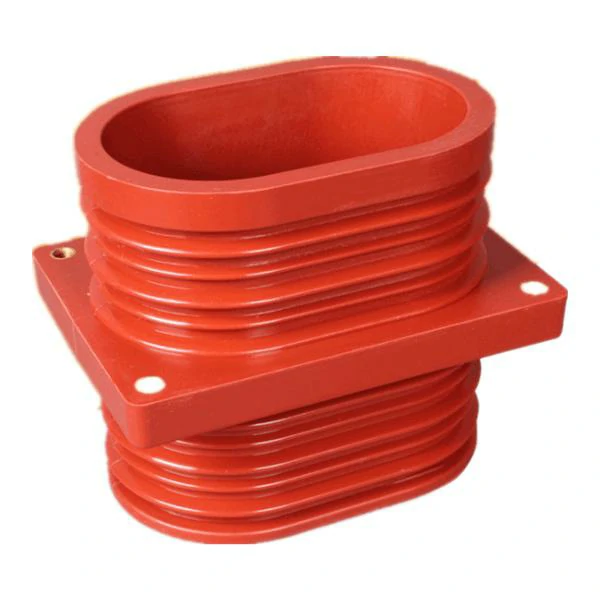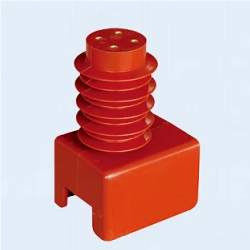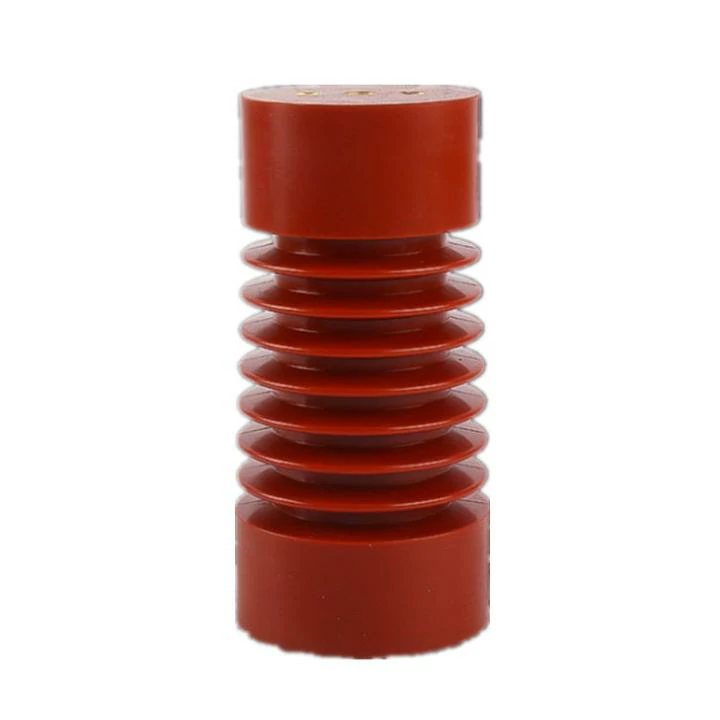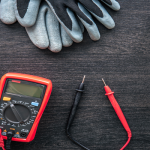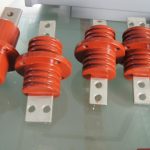Busbar insulators are an important part of the power system, providing electrical insulation and mechanical support for the busbars. Understanding how busbar insulators work requires a thorough examination of their design, functionality, and electrical insulation principles. The purpose of this detailed article is to explore the functions of busbar insulators, including their installation, electrical insulation mechanisms, factors that affect performance, and the importance of proper maintenance and testing.
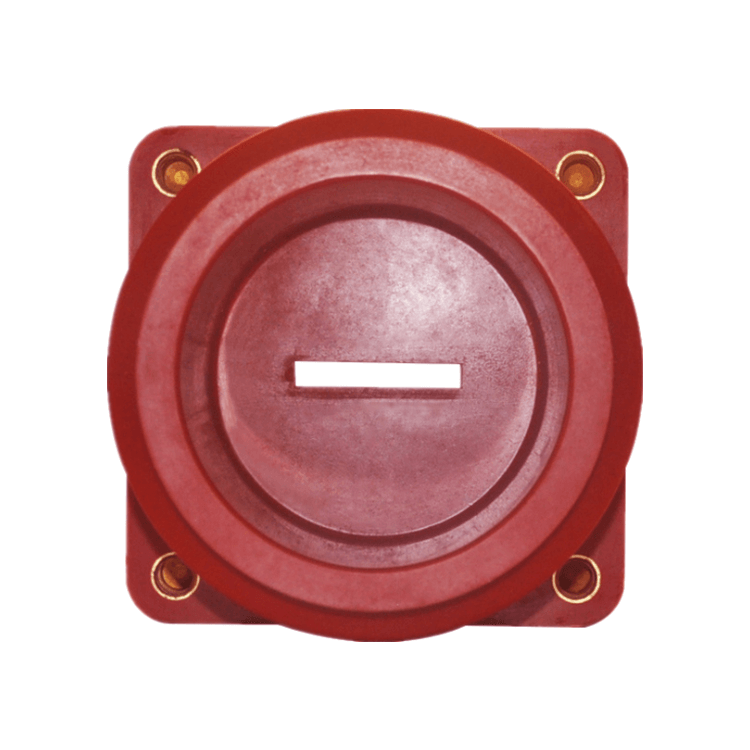

Installation of busbar insulators:
Bus insulators are installed between the bus bar and the supporting structure to ensure electrical insulation. The installation process includes the following steps:
1. Preparation: Prior to installation, the support structure and busbars must be thoroughly cleaned and inspected for any defects or contaminants. Any loose particles, rust or debris should be removed to ensure proper surface contact.
2. Installation: Securely install the busbar insulators to the supporting structure using appropriate hardware such as bolts, nuts or clamps. Insulators should be aligned and spaced according to design specifications and required creepage and clearance distances.
3. Bus Bar Connection: The bus bars are then connected to the insulator, ensuring proper alignment and full contact. Connection methods may vary depending on the specific design of the busbar system, such as bolting, welding or clamping.
4. Mechanical stability: The insulator must provide sufficient mechanical stability to support the weight of the busbar, withstand thermal expansion and contraction, and suppress vibration. Proper installation and fastening of insulators contributes to the overall mechanical stability of the busbar system.
Electrical insulation mechanism:
The main function of bus insulators is to provide electrical insulation, prevent leakage, and ensure the safe operation of the power system. Several mechanisms work together to achieve effective electrical insulation:
1. Dielectric Strength: Busbar insulators are designed to have high dielectric strength, which is the ability to withstand voltage without electrical breakdown. The insulating materials used (such as ceramics, glass or polymers) have excellent dielectric properties that allow them to withstand the electrical stress imposed by the system voltage.
2. Surface leakage control: Insulators are designed with specific surface shapes, such as ridges, sheds, or skirts, to control current leakage along their surfaces. These surface features increase creepage distances and reduce the potential for discharge or flashover between conductive surfaces.
3. Insulation Coordination: Insulation coordination involves selecting appropriate insulation levels for different components within the power system. Busbar insulators are designed to withstand electrical stresses based on system voltage, contamination levels and environmental conditions. Proper coordination ensures that the insulator can handle the applied voltage without compromising safety and performance.
4. Clearance and creepage distance: Clearance refers to the minimum distance required between electrical components to prevent electrical breakdown, while creepage distance defines the shortest path along the surface of an insulator to prevent flashover. Busbar insulators are designed with sufficient clearance and creepage distances to ensure adequate electrical insulation based on system voltage and environmental factors.
Factors affecting the performance of bus insulators:
Several factors affect the performance of busbar insulators and their ability to provide effective electrical insulation:
1. Contamination: Environmental contamination, such as dust, salt deposits, or industrial contaminants, can accumulate on the surface of busbar insulators. This contamination layer reduces the insulating properties of the surface and increases the risk of electrical discharges. Regular cleaning and maintenance are critical to maintaining optimal performance.
2. Temperature: Temperature changes will affect the performance of busbar insulators. Extreme temperatures can cause thermal expansion and contraction, which can lead to mechanical stress or changes in the material’s insulating properties. Insulators are designed to withstand temperature fluctuations within specified limits.
3. Humidity and Moisture: High humidity or moisture levels can damage the electrical insulation of busbar insulators. Insulation materials may absorb moisture, reducing their dielectric strength and increasing the risk of electrical leakage or flashover. Insulators are designed to be moisture-resistant, but require proper maintenance and regular inspections to ensure their integrity.
4. Mechanical stress: Busbar insulators must withstand mechanical stress, such as vibration, wind loads or short circuit forces. These stresses can affect the mechanical stability of the insulator and its ability to maintain proper electrical insulation. Insulators should be designed to withstand these forces and regularly inspected to identify any signs of mechanical failure.
Maintenance and testing:
To ensure reliable operation of busbar insulators, regular maintenance and testing are essential. The following measures should be taken:
1. Inspection: The insulation should be visually inspected for any signs of damage, cracks or contamination. Regular inspections can help identify potential problems that could compromise insulation performance. Insulators located in harsh environments or areas prone to contamination may require more frequent inspections.
2. Cleaning: Insulators should be cleaned regularly to remove any contamination or contamination that may affect their insulating performance. Cleaning methods may include washing, brushing, or using specialized cleaners. Care should be taken during cleaning to avoid damaging the insulator surface.
3. Testing: Various tests can be performed to evaluate the electrical and mechanical integrity of busbar insulators. These tests may include insulation resistance measurements, dielectric strength testing, partial discharge measurements, and mechanical strength testing. Testing should be conducted in accordance with relevant standards and guidelines to ensure an accurate assessment of insulator performance.
4. Replacement: If the insulator is found to be damaged or cannot meet the required performance standards, it should be replaced in time. Replacement should follow correct procedures to maintain the integrity of the busbar system and ensure continued electrical insulation.
Busbar insulators provide electrical insulation and mechanical support for the busbar and play a vital role in the power system. They are designed to withstand high voltages, control surface leakage, and maintain proper electrical clearances and creepage distances. Factors such as contamination, temperature, humidity and mechanical stress can affect the performance of busbar insulators. Regular maintenance, cleaning and testing are necessary to ensure reliable operation. By understanding the installation process, electrical insulation mechanisms, influencing factors, and maintenance practices of busbar insulators, professionals can effectively utilize busbar insulators in power systems to ensure safe and efficient transmission and distribution.




